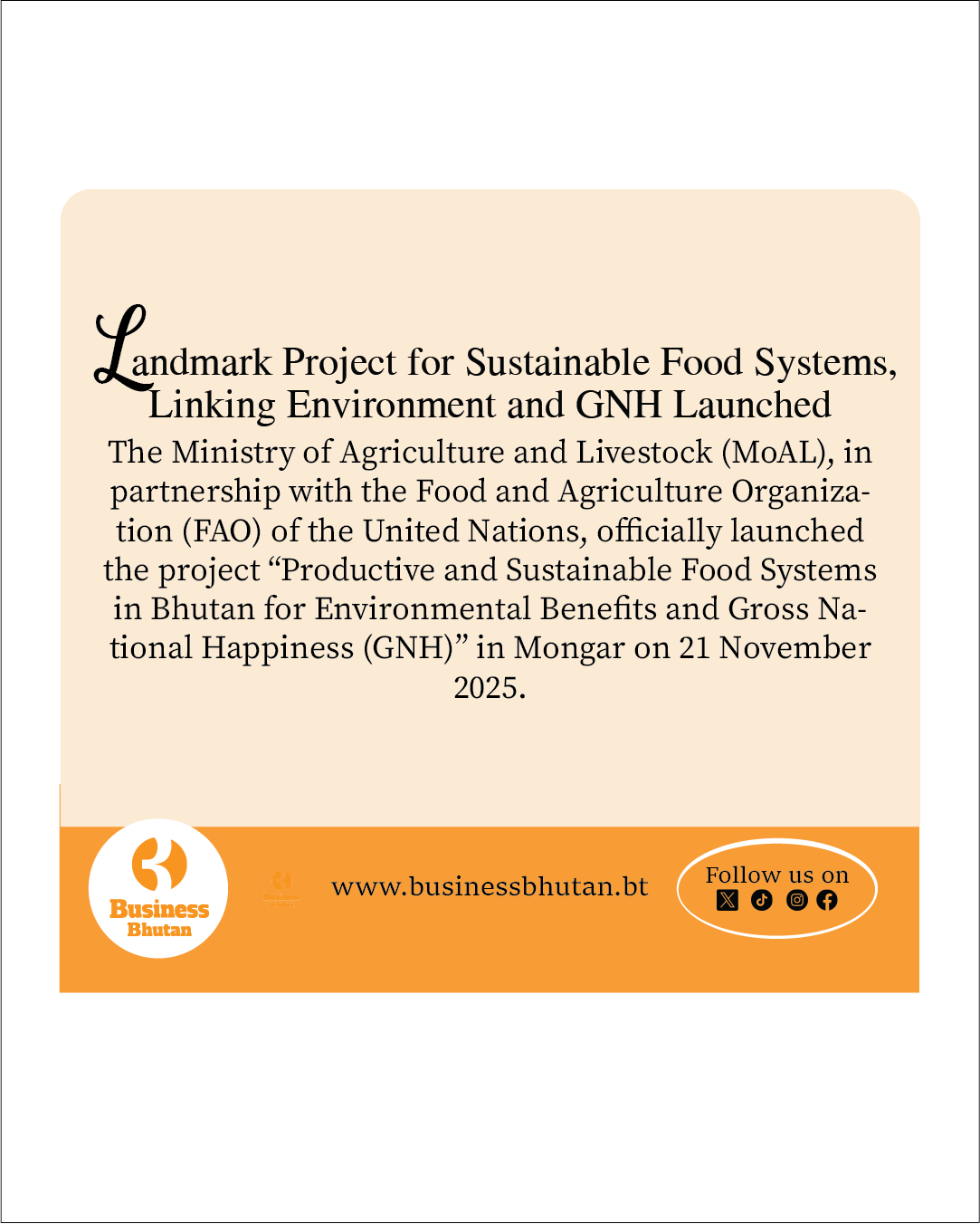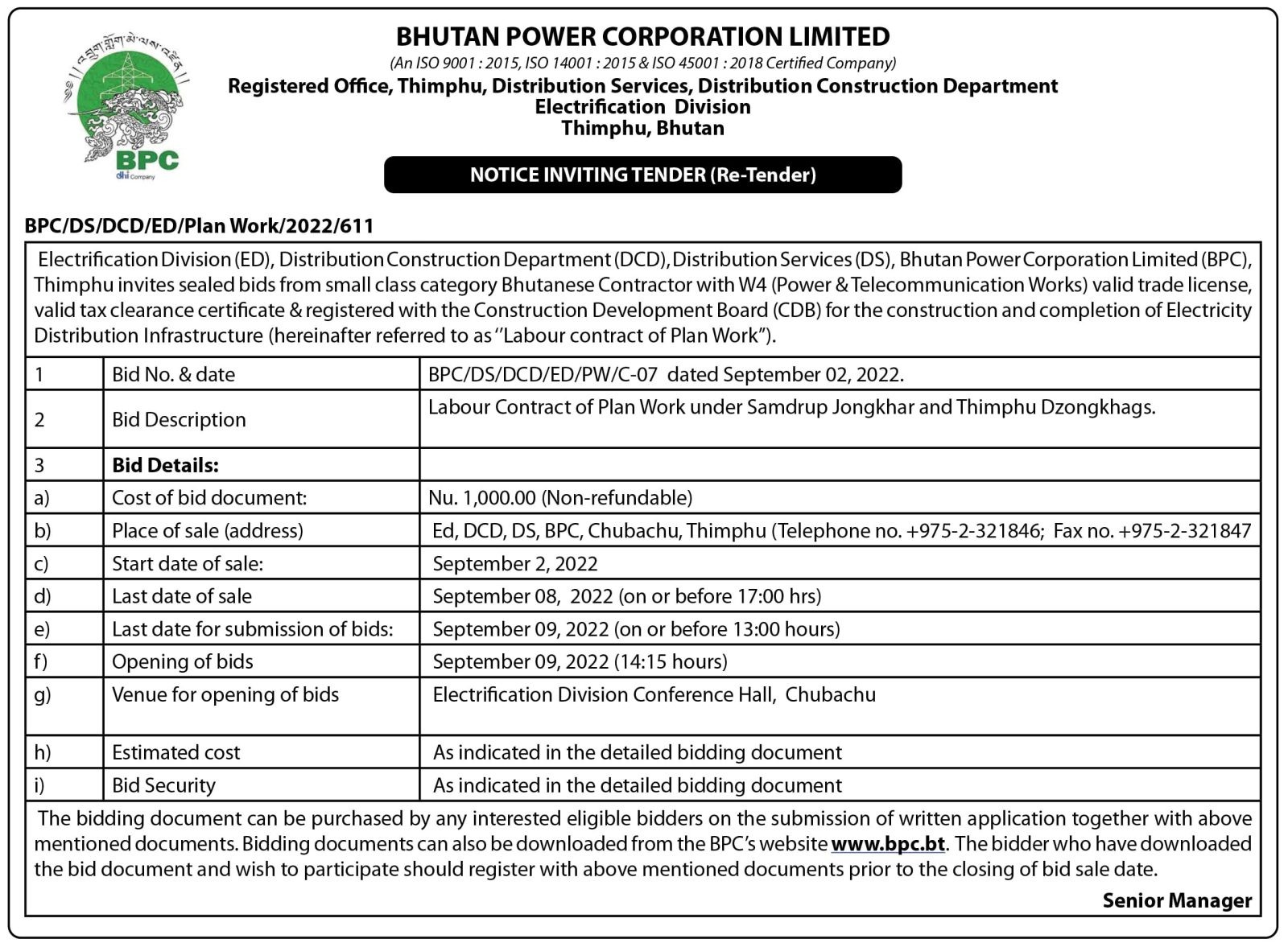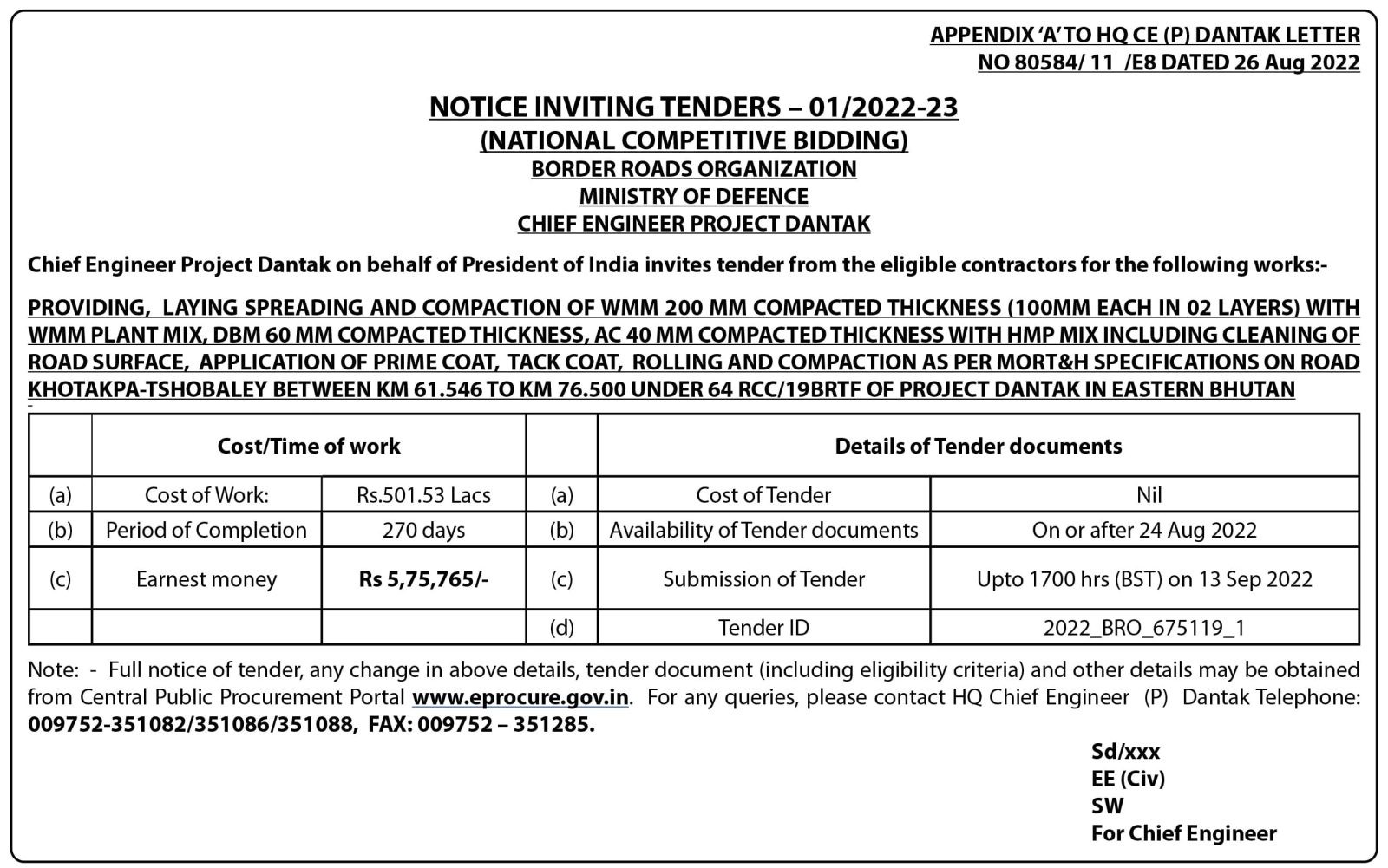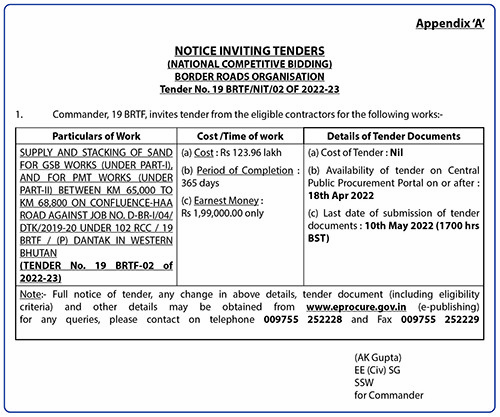The uptake of the Community Development Loan (CDL), a collateral-free microloan scheme introduced by the Bhutan Development Bank Limited (BDBL), has slowed significantly since the introduction of the Economic Stimulus Program (ESP), prompting calls to reassess the positioning and scope of the CDL to ensure both programs effectively reach their intended beneficiaries.
Launched in 2023 with a total funding allocation of Nu 100 million, the CDL became operational in January 2024. Aimed primarily at empowering rural communities and supporting micro-enterprises, the scheme has so far received approximately 80 applications.
However, BDBL officials have acknowledged that the rollout of the ESP Loan—offering a concessional interest rate of 4%—has shifted borrower preference away from the CDL, which carries a revised interest rate of 11.25%. “Following the launch of the ESP Loan, we’ve seen a noticeable decline in CDL applications. The more favorable lending terms under ESP, particularly the lower interest rate, have made it the preferred option, especially for small-scale and youth-led enterprises that were previously served by CDL,” an official stated.
The bank has approved 62 loans under CDL to date, amounting to Nu 70.06 million. Of these, 61 were microloans, while one loan was issued under wholesale lending. The average loan size stands at around Nu 400,000, with agriculture, livestock, and home-based production being the most common project categories.
Despite its rural focus and community-oriented design, the CDL scheme has faced operational challenges. These include a mismatch between applicant proposals and the scheme’s eligibility criteria. “We receive a substantial number of proposals related to medium-scale manufacturing, which are outside the intended scope of CDL,” the official explained.
Other constraints include applicants with weak credit profiles or histories of loan defaults, rendering them ineligible. Additionally, many submissions are delayed due to incomplete documentation, miscommunication about eligibility, and limited awareness of the scheme’s guidelines—all contributing to slower processing times.
At present, the CDL portfolio has a non-performing loan (NPL) rate of 2.01%, with four borrowers in default. To address such risks, BDBL has implemented a structured monitoring framework that includes pre- and post-disbursement reviews, site visits, and mandatory submission of progress reports. “Our field officers conduct regular inspections to assess the progress of approved projects, verify the use of funds, and ensure adherence to proposed plans,” the official said.
Borrowers are also required to submit receipts, cash memos, and progress reports before subsequent disbursements. These are reviewed and recorded in the Loan Origination System (LOS) to maintain accountability and minimize deviations from approved proposals. “This proactive oversight allows us to support timely project implementation and safeguard the integrity of our lending portfolio,” the official added.
Under the CDL initiative—branded as Medhey Gongphel Kuendrel—BDBL extends microloans directly to rural borrowers while also providing subsidized funds to microfinance institutions for onward lending.
Framed as a blend of financial and emotional support, CDL aims to empower rural farmers with viable, income-generating opportunities. The loan is available to Bhutanese citizens over 18 years of age engaged in agriculture, livestock, forestry, or home-based activities. However, salaried individuals, monks, students, and those with loan defaults within the past six months are ineligible.
With a maximum ceiling of Nu 500,000 and an interest rate of 11.25% per annum, the loan seeks to cater to the aspirations of rural communities. BDBL continues to work closely with local governments and other agencies to address the scheme’s limitations and improve outreach and impact.
As the lending landscape evolves, the bank acknowledges the need to recalibrate the CDL’s role to ensure complementarity with the ESP and avoid overlap. “We are actively evaluating how to reposition CDL so that it continues to serve the rural population effectively while coexisting with other government-backed financial initiatives,” the official concluded.
Nidup Lhamo from Thimphu




![Fresh Beginnings: Pasakha Vendors Gear Up for New Vegetable Market - Duplicate - [#16963] Fresh Beginnings: Pasakha Vendors Gear Up for New Vegetable Market - Duplicate - [#16963]](https://businessbhutan.bt/wp-content/uploads/2025/11/Asset-200.png)











